The Complete Guide to Kimono Meaning in Japanese Culture: Tradition, Symbolism, and Modern Significance
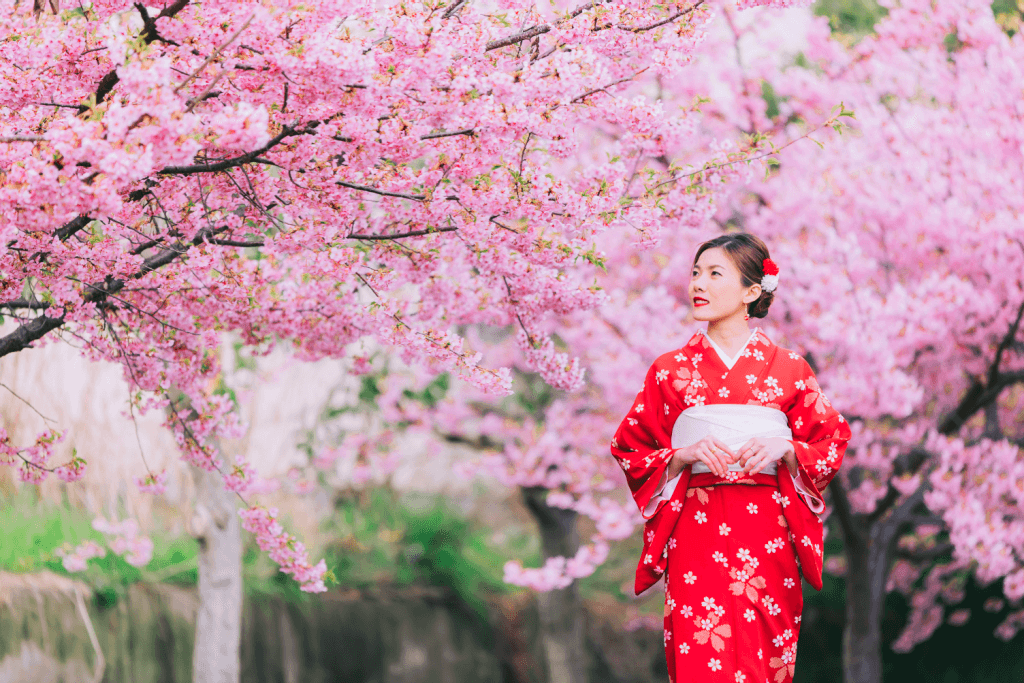
Traditional Japanese kimono showcasing the elegance and cultural significance of this iconic garment
What does it mean to wear a kimono in Japanese culture? This question opens the door to understanding one of the world’s most beautiful and symbolic garments. The traditional Japanese kimono represents far more than elegant clothing—it embodies centuries of cultural heritage, artistic expression, and spiritual significance that continues to captivate people worldwide.
In this comprehensive guide, we’ll explore the deep cultural meaning behind wearing a kimono, its historical evolution, symbolic patterns, and its role in modern Japanese society. Whether you’re planning to visit Japan, interested in Japanese culture, or considering wearing a kimono yourself, this article will provide you with everything you need to know about this iconic garment.
- What Does the Japanese Kimono Represent?
- The Rich History of the Kimono
- Symbolic Patterns and Their Meanings
- Types of Kimono and Their Significance
- Kimono in Modern Japanese Society
- The Art of Wearing a Kimono
- Cultural Etiquette and Respect
- Kimono for Tourists and Foreign Visitors
- Seasonal Considerations in Kimono Wearing
- Preserving Kimono Tradition in the 21st Century
- Conclusion: The Timeless Legacy of Kimono Culture
What Does the Japanese Kimono Represent?
The kimono is a superb representation of Japan’s rich cultural history and aesthetic philosophy. At its core, wearing a kimono in Japanese culture signifies a deep connection to national identity, personal heritage, and cultural values that have been passed down through generations.
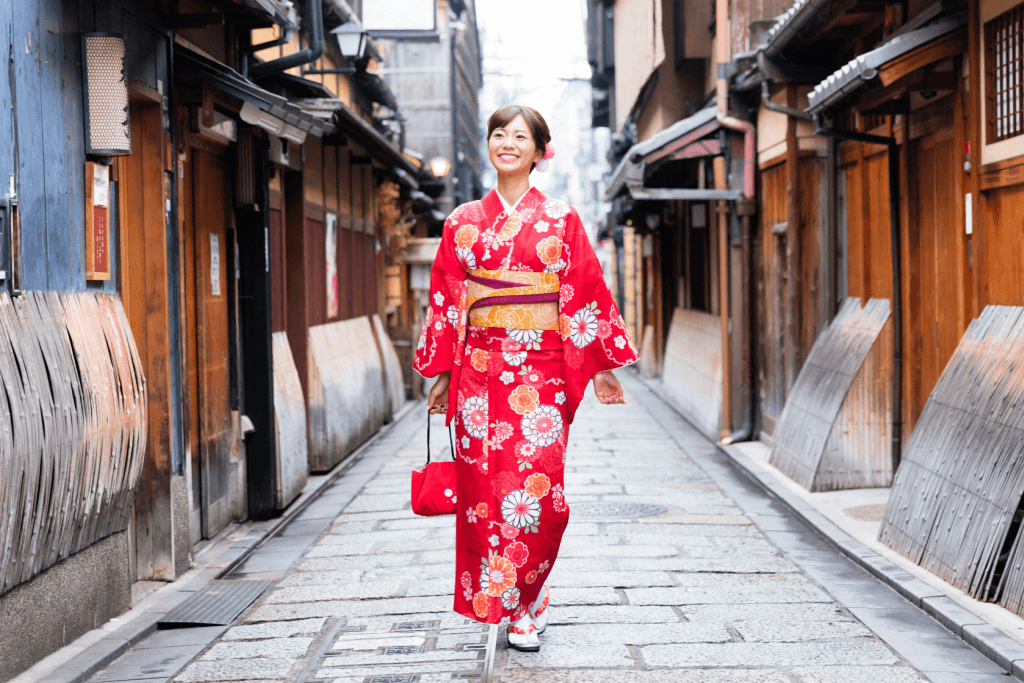
Red silk kimono showcasing traditional Japanese craftsmanship and cultural symbolism
Core Cultural Values Embodied in the Kimono
Elegance and Simplicity (Shibui) The kimono perfectly embodies the Japanese aesthetic principle of shibui—finding beauty in simplicity and subtlety. Unlike Western fashion that often emphasizes bold statements, the kimono’s beauty lies in its understated elegance and refined details.
Harmony and Balance (Wa) Every aspect of the kimono, from its silhouette to its patterns, reflects the Japanese concept of wa (harmony). The garment creates a balanced relationship between the wearer and their environment, promoting inner peace and external grace.
Respect for Tradition (Dentou) Wearing a kimono demonstrates profound respect for Japanese cultural traditions. It connects the wearer to centuries of ancestors who wore similar garments, creating a tangible link to the past.
Seasonal Awareness (Kisetsu) The kimono tradition emphasizes living in harmony with nature’s cycles. Different fabrics, colors, and patterns are worn according to the season, showing respect for natural rhythms and environmental consciousness.
Personal and Social Identity Through Kimono
The kimono serves as a complex communication system, conveying information about the wearer’s age, marital status, social position, and personal taste. For unmarried women, the furisode with its long, flowing sleeves represents youth and availability for marriage. Married women traditionally wear tomesode, featuring shorter sleeves and more subdued colors.
The choice of kimono also reflects important life moments. Wedding kimono, particularly the white shiromuku and colorful iro-uchikake, symbolize purity, new beginnings, and joy. Formal black kimono (kuro-tomesode) worn at ceremonies represent dignity and respect for the occasion.
The Rich History of the Kimono
Ancient Origins: Heian Period (794-1185)
The kimono’s journey begins during the Heian period, when it served as everyday clothing for the Japanese aristocracy. Originally called “kosode” (small sleeves), these garments were worn as undergarments beneath Chinese-influenced court dress. Over time, the kosode evolved into the primary outer garment, eventually becoming what we now recognize as the kimono.
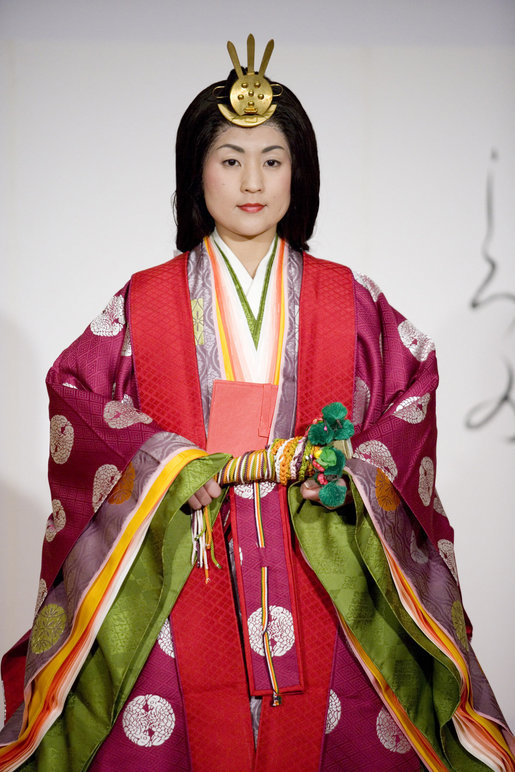
Heian period court dress showing the historical origins of modern kimono
During this era, wearing multiple layers of kimono in carefully coordinated colors became an art form called “kasane-no-irome” (color layering). Court ladies would wear up to twelve layers, with each combination representing seasonal themes and personal aesthetic sensibilities.
Medieval Development: Kamakura to Muromachi Periods (1185-1573)
As Japan’s political structure shifted from aristocratic to military rule, kimono design began to reflect samurai values. Simpler, more practical designs emerged, though wealthy merchants and nobility continued to wear elaborate versions. The concept of “mon” (family crests) became important during this period, with kimono serving as a canvas for displaying family identity and social status.
Edo Period Flourishing (1603-1868)
The Edo period marked the golden age of kimono culture. With Japan’s isolation policy (sakoku), domestic textile production flourished, leading to incredible innovations in dyeing techniques, silk production, and artistic design. The famous “Yuzen” dyeing technique, developed by Miyazaki Yuzen, allowed for painterly designs that transformed kimono into wearable art.
During this time, strict sumptuary laws regulated who could wear what types of kimono, but these restrictions paradoxically led to greater creativity as artisans developed subtle ways to display luxury and beauty within legal constraints.
Meiji Restoration and Western Influence (1868-1912)
The Meiji Restoration brought dramatic changes to Japanese society, including clothing. The government actively promoted Western dress for men in official settings, while women’s kimono remained largely unchanged. However, new synthetic dyes and fabrics introduced from the West began to influence kimono design and production.
This period saw the development of the modern kimono industry, with department stores beginning to sell ready-made kimono alongside traditional made-to-order garments.
Symbolic Patterns and Their Meanings
Understanding kimono patterns is essential to appreciating their cultural significance. Each motif carries specific meanings rooted in Japanese aesthetics, spirituality, and natural observation.
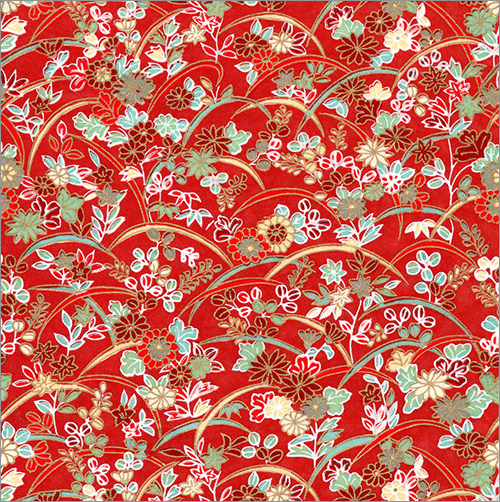
Traditional kimono patterns featuring cherry blossoms, cranes, and pine trees with deep cultural symbolism
Nature-Inspired Motifs
Cherry Blossoms (Sakura) Perhaps the most iconic Japanese symbol, cherry blossoms on kimono represent the transient beauty of life, renewal, and the celebration of fleeting moments. Spring kimono often feature sakura patterns, worn during hanami (cherry blossom viewing) season.
Cranes (Tsuru) Cranes symbolize longevity, good fortune, and marital fidelity. Wedding kimono frequently feature crane motifs, as these birds are believed to mate for life and live for 1,000 years according to Japanese legend.
Waves (Nami) Wave patterns represent strength, resilience, and the power to overcome challenges. The famous “seigaiha” (blue ocean waves) pattern symbolizes tranquility and good fortune.
Pine Trees (Matsu) Pine motifs represent longevity, steadfastness, and virtue. As evergreen trees, they symbolize enduring strength and are often featured on formal kimono worn during New Year celebrations.
Bamboo (Take) Bamboo patterns symbolize flexibility, resilience, and rapid growth. The plant’s ability to bend without breaking represents the ideal of maintaining strength while adapting to circumstances.
Seasonal Pattern Significance
Spring Patterns: Cherry blossoms, plum blossoms, young pine shoots, and butterflies celebrate renewal and new beginnings.
Summer Patterns: Morning glories, fireworks, goldfish, and flowing water motifs reflect the season’s vitality and the desire for coolness.
Autumn Patterns: Maple leaves, chrysanthemums, and autumn grasses represent maturity, harvest, and the beauty of aging.
Winter Patterns: Camellias, bamboo, and snow-covered landscapes symbolize endurance, purity, and quiet contemplation.

Seasonal kimono patterns reflecting Japanese appreciation for natural cycles
Geometric and Abstract Patterns
Asanoha (Hemp Leaf) This geometric pattern represents growth and protection, traditionally used for children’s kimono to wish for healthy development.
Seigaiha (Blue Ocean Waves) Stylized wave patterns symbolize strength and resilience, representing the ability to overcome life’s challenges.
Shippo (Seven Treasures) Interlocking circles represent harmony, peaceful relationships, and infinite expansion of relationships.
Types of Kimono and Their Significance
Formal Kimono Categories
Furisode The most formal kimono for unmarried women, featuring long sleeves that can reach the ankles. Traditionally worn for coming-of-age ceremonies, weddings, and other significant celebrations. The length of the sleeves and elaborateness of the design indicate the garment’s formality level.

Furisode kimono with characteristic long sleeves for unmarried women
Tomesode Formal kimono for married women, characterized by shorter sleeves and patterns only on the lower hem. The black tomesode (kuro-tomesode) is the most formal, typically worn by the mothers of brides and grooms.

Tomesode kimono with shorter sleeves and hem patterns for married women
Houmongi Semi-formal kimono suitable for various occasions, featuring patterns that flow continuously across seams. Popular for tea ceremonies, parties, and cultural events.
Iromuji Single-colored kimono without patterns, representing understated elegance. The formality level depends on the number of family crests displayed.
Casual and Everyday Kimono
Komon Casual kimono featuring small, repeated patterns throughout the fabric. Perfect for everyday wear and informal gatherings.
Tsumugi Kimono made from handwoven silk with irregular textures, considered casual despite high-quality materials. Represents the beauty of imperfection and craftsmanship.
Yukata Cotton summer kimono, originally worn as bathrobes but now popular for festivals and casual summer events. More accessible and easier to wear than formal silk kimono.

Yukata – casual summer kimono perfect for festivals and warm weather
Specialty Kimono
Mofuku Black mourning kimono worn at funerals and memorial services, representing respect for the deceased and solemnity of the occasion.
Uchikake Elaborate over-kimono worn by brides, featuring heavy embroidery and long trains. Never tied with an obi, it’s worn open over the actual kimono.
Kimono in Modern Japanese Society
Contemporary Usage Patterns
In modern Japan, kimono wearing has evolved from daily necessity to special occasion attire. Today’s Japanese typically wear kimono for:
- Traditional Ceremonies: Weddings, funerals, tea ceremonies, and coming-of-age celebrations
- Cultural Festivals: Local matsuri, seasonal celebrations, and cultural events
- Professional Settings: Traditional arts instruction, hospitality industry, and cultural ambassadorship
- Personal Expression: Fashion statements, artistic pursuits, and cultural appreciation
The Modern Kimono Industry
The contemporary kimono industry has adapted to changing lifestyles while maintaining traditional quality and craftsmanship. Modern innovations include:
Washable Kimono: Polyester and other synthetic fabrics that can be machine washed, making kimono more accessible for regular wear.
Simplified Accessories: Pre-tied obi, magnetic closures, and simplified undergarments that reduce dressing time and complexity.
Rental Services: Widespread availability of kimono rental shops that provide complete outfits for special occasions without the significant investment of purchase.
Contemporary Designs: Modern designers creating kimono with updated patterns, colors, and styling while respecting traditional techniques.
Youth and Kimono Culture
Young Japanese people are rediscovering kimono culture through various channels:
- University Kimono Clubs: Student organizations dedicated to learning traditional dressing techniques and cultural knowledge
- Social Media Influence: Instagram and TikTok spreading kimono fashion and styling tips
- Vintage Kimono Markets: Affordable antique kimono markets making traditional garments accessible to younger generations
- Fusion Fashion: Incorporating kimono elements into contemporary Western-style clothing
The Art of Wearing a Kimono
Proper Dressing Techniques
Learning to wear a kimono correctly is considered an art form in Japan. Professional kimono dressing (着付け, kitsuke) schools teach the intricate process, which can take years to master fully.
Basic Dressing Steps:
- Preparation: Proper undergarments (hadajuban and nagajuban) create the foundation
- Kimono Placement: Achieving the correct collar positioning and hem length
- Obi Tying: Mastering various obi knots appropriate for different occasions
- Final Adjustments: Ensuring proper posture and movement in the completed outfit
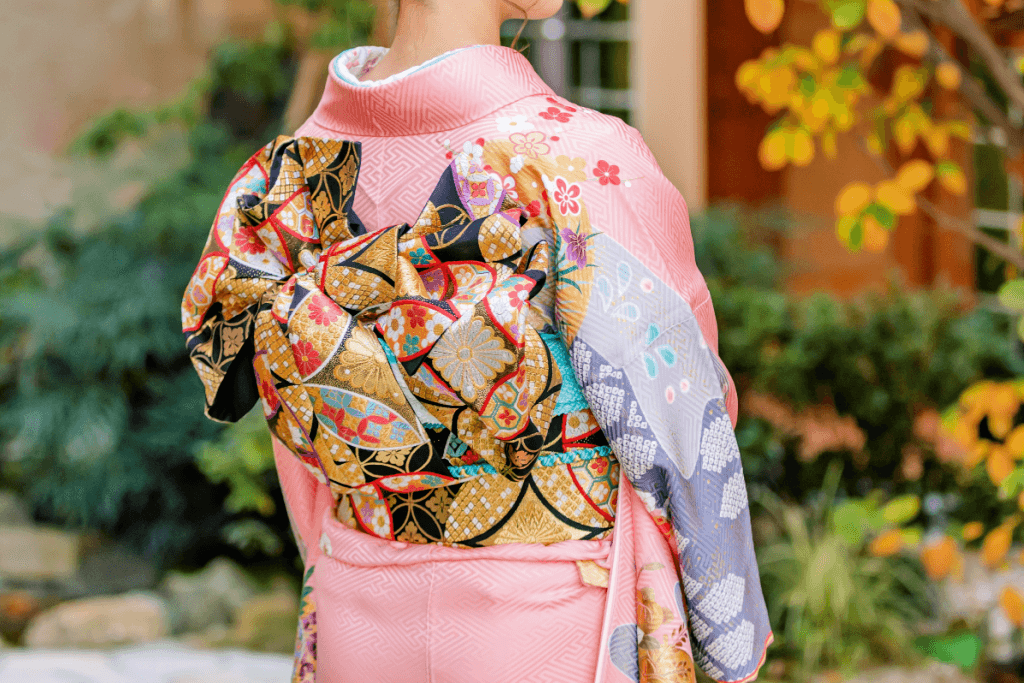
Traditional obi sash demonstrating proper kimono dressing techniques
Movement and Posture
Wearing a kimono influences physical movement and posture, encouraging:
- Smaller Steps: The narrow hem requires measured, graceful walking
- Upright Posture: The structured design promotes straight spine alignment
- Controlled Gestures: Sleeve length and fabric weight encourage deliberate movements
- Mindful Awareness: Constant attention to garment positioning and appearance
Seasonal Considerations
Traditional kimono wearing follows strict seasonal guidelines:
Fabric Seasonality:
- October-May: Lined kimono (awase) for warmth and formality
- June-September: Unlined kimono (hitoe) for comfort and breathability
- July-August: Lightweight summer kimono (ro or sha) for maximum cooling
Color Seasonality:
- Spring: Soft pastels and fresh colors reflecting new growth
- Summer: Cool blues, whites, and purples suggesting water and sky
- Autumn: Warm oranges, reds, and golds echoing changing leaves
- Winter: Deep, rich colors providing psychological warmth
Cultural Etiquette and Respect
Proper Kimono Etiquette
Wearing a kimono respectfully requires understanding cultural protocols:
Collar Positioning: The collar should show approximately 2-3 fingers of the nape of the neck, considered the most attractive part of a woman in traditional Japanese aesthetics.
Left Over Right: Always wrap the kimono left side over right. Right over left is reserved for dressing the deceased.
Appropriate Accessories: Choosing suitable footwear, hair ornaments, and bags that complement the kimono’s formality level.
Behavioral Expectations: Moving gracefully, sitting properly, and maintaining composure while wearing kimono.
Cultural Sensitivity for Foreign Wearers
Non-Japanese individuals wearing kimono should approach the practice with respect and cultural awareness:
- Understanding Context: Learning about the cultural significance and appropriate occasions for kimono wearing.
- Proper Instruction: Seeking guidance from knowledgeable sources about correct wearing techniques and cultural protocols.
- Respectful Representation: Avoiding stereotypical or inappropriate interpretations of kimono culture.
- Appreciation vs. Appropriation: Understanding the difference between respectful cultural appreciation and harmful appropriation.
Kimono for Tourists and Foreign Visitors
Kimono Rental Experience
For tourists visiting Japan, wearing a kimono offers an immersive cultural experience. Professional rental shops provide:
- Complete Outfits: Kimono, obi, accessories, and appropriate footwear matched to the occasion and season.
- Professional Dressing: Skilled staff who properly dress customers and ensure cultural accuracy.
- Photography Services: Many rental shops offer photography packages to capture the experience professionally.
- Cultural Education: Information about the kimono’s significance, proper behavior, and cultural context.
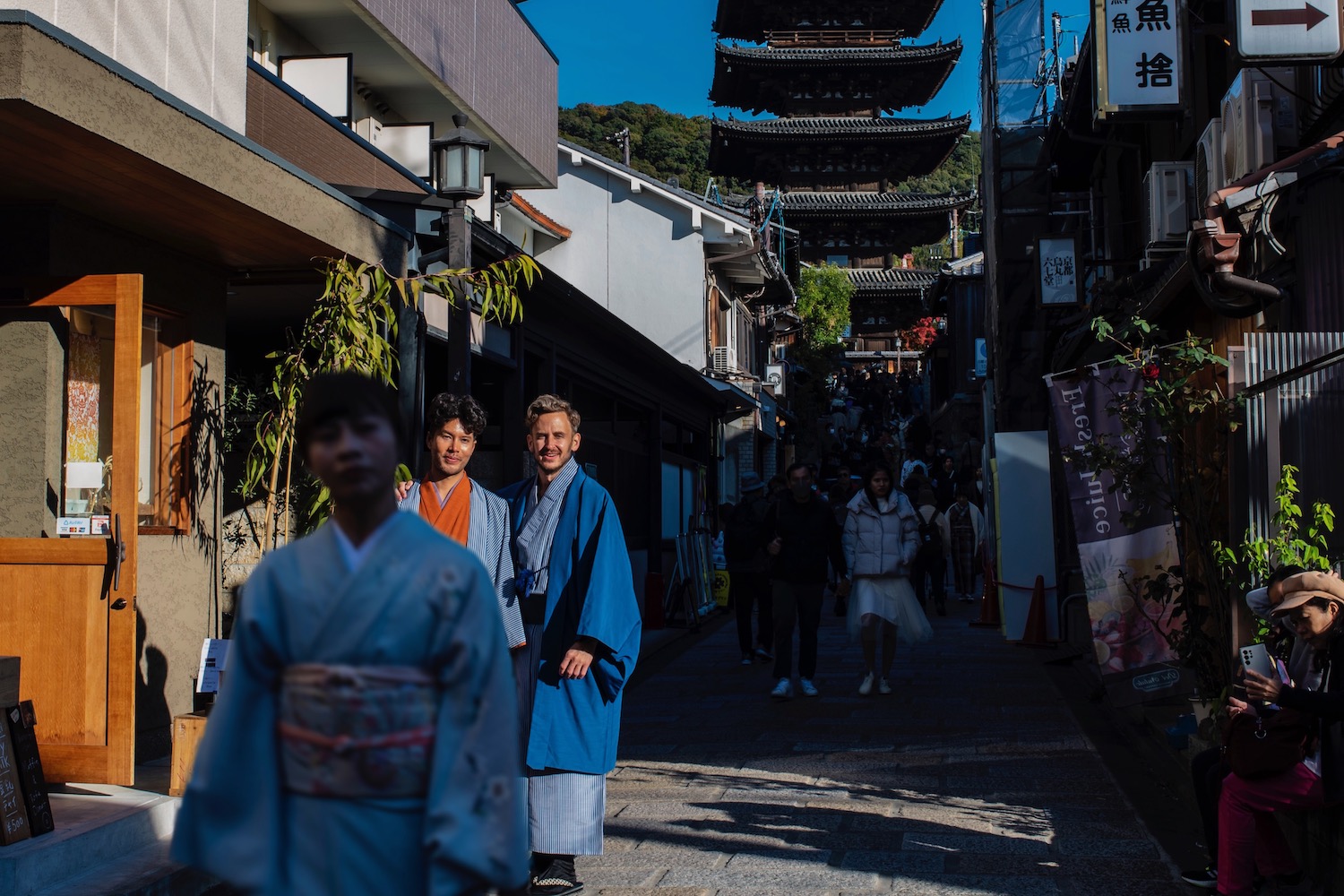
Tourists experiencing authentic Japanese culture through kimono rental in Kyoto
Popular Kimono Experiences for Tourists
Traditional Districts: Wearing kimono while exploring historic areas like Gion in Kyoto or Asakusa in Tokyo enhances the cultural immersion.
Tea Ceremony Participation: Experiencing traditional tea ceremony while wearing appropriate kimono deepens cultural understanding.

Tea ceremony participants in traditional kimono demonstrating cultural respect and authenticity
Festival Attendance: Wearing yukata to summer festivals provides authentic participation in Japanese seasonal celebrations.
Temple and Shrine Visits: Respectful kimono wearing during religious site visits demonstrates cultural appreciation.
If you’re visiting Kyoto and want to capture your kimono experience professionally, consider booking a photography session with AllPhoto Kyoto. Their skilled photographers specialize in creating beautiful memories of your Japanese cultural experience, ensuring you have stunning photos to remember your kimono journey forever.
Seasonal Considerations in Kimono Wearing
Spring Kimono Culture (March-May)
Spring represents renewal and new beginnings in Japanese culture, reflected in kimono choices:
- Fabrics: Transition from heavy winter silks to lighter weaves, preparing for warmer weather.
- Colors: Soft pastels, particularly pink and light green, dominating spring kimono palettes.
- Patterns: Cherry blossoms, plum blossoms, and young leaves celebrating nature’s awakening.
- Occasions: Graduation ceremonies, entrance celebrations, and hanami parties featuring spring kimono.
Summer Kimono Traditions (June-August)
Summer kimono prioritize comfort and cooling:
- Specialized Fabrics: Ro (gauze silk) and sha (open-weave silk) providing breathability while maintaining elegance.
- Cooling Colors: Blues, whites, and purples psychologically and aesthetically suggesting coolness.
- Seasonal Patterns: Flowing water, goldfish, morning glories, and fireworks reflecting summer activities.
- Yukata Prominence: Cotton yukata becoming the preferred summer kimono for festivals and casual wear.
Autumn Kimono Appreciation (September-November)
Autumn kimono celebrate harvest and maturity:
- Rich Colors: Deep oranges, reds, and golds echoing changing foliage and harvest abundance.
- Mature Patterns: Maple leaves, chrysanthemums, and autumn grasses representing life’s richness.
- Fabric Transitions: Returning to lined kimono as temperatures drop and formal occasions increase.
- Cultural Significance: Autumn kimono often chosen for important ceremonies and celebrations.
Winter Kimono Elegance (December-February)
Winter kimono emphasize warmth and formal beauty:
- Heavy Fabrics: Thick silks and elaborate weaves providing warmth and luxury.
- Deep Colors: Rich purples, blacks, and burgundy creating psychological warmth and visual richness.
- Evergreen Patterns: Pine, bamboo, and camellia representing endurance and hope during cold months.
- New Year Significance: Special attention to kimono choice for New Year celebrations and formal winter events.
Preserving Kimono Tradition in the 21st Century
Contemporary Challenges
The kimono industry faces several challenges in modern Japan:
- Declining Daily Use: Shift from everyday wear to special occasion garments reducing overall demand.
- Aging Craftsmen: Traditional artisans aging without sufficient young apprentices to continue techniques.
- Cost Considerations: High-quality kimono requiring significant investment, limiting accessibility.
- Lifestyle Changes: Modern lifestyles often incompatible with traditional kimono wearing requirements.
Innovation and Adaptation
The industry is responding with innovative approaches:
- Modern Materials: Developing kimono using contemporary fabrics that maintain traditional aesthetics while improving practicality.
- Simplified Accessories: Creating products that reduce complexity while maintaining cultural authenticity.
- Digital Education: Online resources and virtual reality training making kimono culture more accessible.
- International Markets: Expanding global interest in kimono culture creating new opportunities for preservation and growth.
Cultural Preservation Efforts
Various organizations work to preserve kimono culture:
- Educational Programs: Schools and cultural centers offering kimono education and appreciation courses.
- Master Artisan Programs: Government initiatives supporting traditional craftsmen and their techniques.
- Cultural Documentation: Efforts to record and preserve traditional knowledge and techniques.
- International Promotion: Cultural exchange programs spreading kimono appreciation globally.
Conclusion: The Timeless Legacy of Kimono Culture
Understanding what it means to wear a kimono in Japanese culture reveals a rich tapestry of tradition, artistry, and spiritual significance that continues to evolve while maintaining its essential character. From its ancient origins in the Heian period to its contemporary role as a symbol of cultural identity, the kimono represents far more than beautiful clothing—it embodies the Japanese aesthetic philosophy, social values, and connection to nature.
The kimono’s enduring appeal lies in its ability to transform both wearer and observer, creating moments of beauty, mindfulness, and cultural connection. Whether worn by a Japanese person for a significant life event or by a tourist seeking cultural immersion, the kimono continues to serve as a bridge between past and present, tradition and innovation.
As we move forward in the 21st century, the kimono tradition faces challenges but also opportunities. Modern adaptations, international appreciation, and innovative approaches to preservation ensure that this magnificent cultural treasure will continue to enrich lives and inspire beauty for generations to come.
The next time you see someone wearing a kimono, remember that you’re witnessing not just a fashion choice, but a living expression of one of the world’s most sophisticated and meaningful clothing traditions. In wearing a kimono, one doesn’t simply put on a garment—one puts on history, culture, and the accumulated wisdom of centuries of Japanese aesthetic refinement.
Ready to experience kimono culture yourself? Whether you’re planning a visit to Japan or simply want to learn more about this fascinating tradition, remember that wearing a kimono is an opportunity to connect with one of humanity’s most beautiful and meaningful cultural practices. If you’re in Kyoto and want to capture your kimono experience professionally, AllPhoto Kyoto offers expert photography services to help you create lasting memories of your cultural journey.
Share this article: Help others discover the beauty and meaning of kimono culture by sharing this comprehensive guide with friends and family interested in Japanese traditions.
Continue Learning: Explore more about Japanese culture, traditional arts, and the ongoing evolution of kimono fashion in modern society.
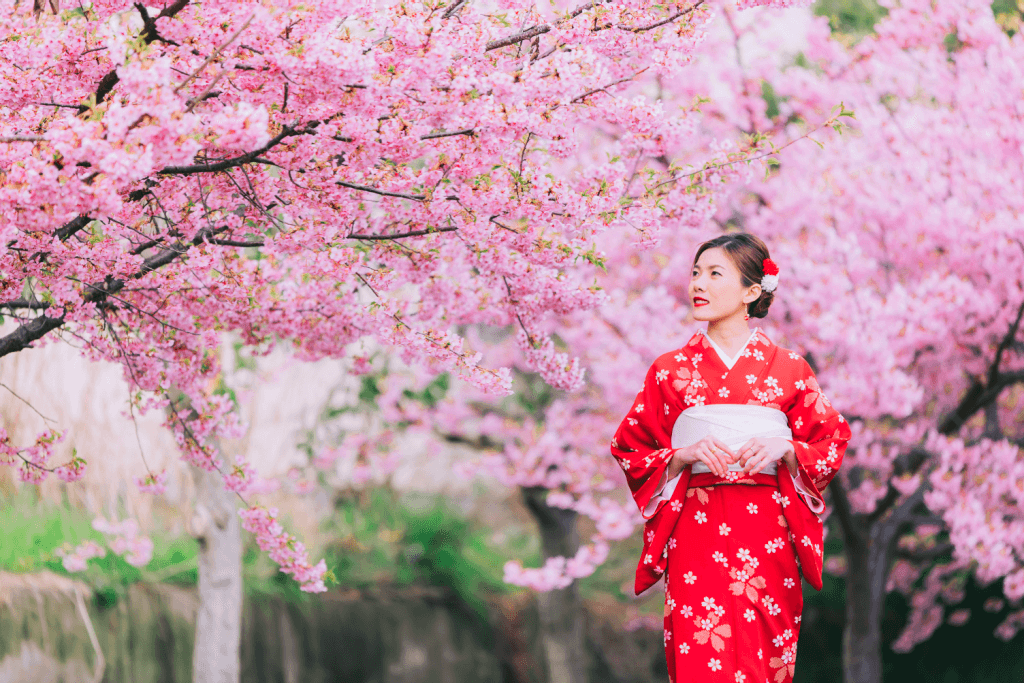


コメント